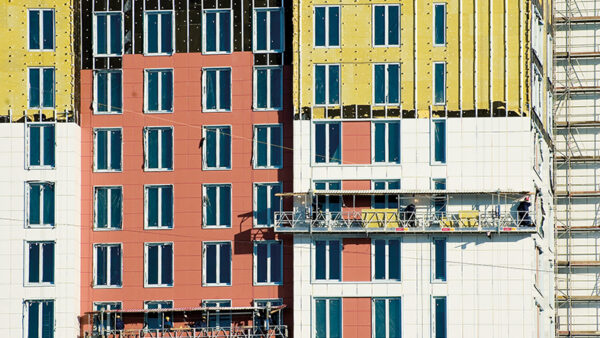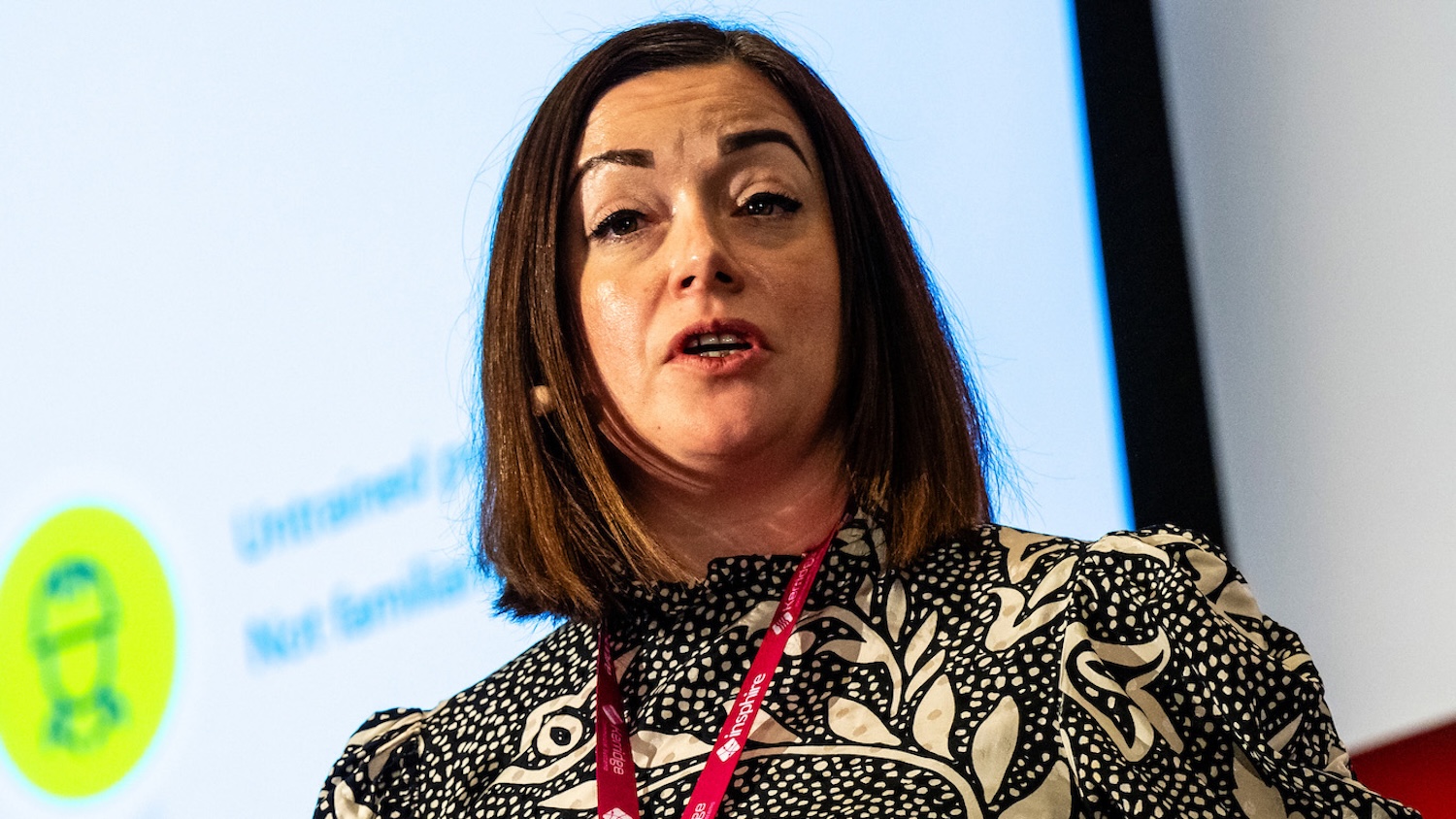
What can we learn from the failure of the smoke ventilation system at Grenfell Tower last year? Fire and smoke control specialist Conor Logan considers the lessons so far from the inquiry evidence.

Conor Logan
No smoke control system could have coped with the extraordinary circumstances of the Grenfell Tower, given how quickly the fire climbed the outside of the building. Neither, for that matter, would sprinklers.
Fire will spread very rapidly up any building wrapped in highly flammable plastic with air gaps or chimneys all the way to the top. Once the fire was racing up the cladding, all active fire protection measures were outside of their design parameters.
That does not mean, however, that the industry has nothing to learn from Grenfell – particularly around how systems are procured, commissioned, installed and maintained. This will be a central theme of the Building Engineering Services Association (BESA) conference next month.
Among many issues raised by the Hackitt inquiry, the study by Arup fire engineer Dr Barbara Lane concluded that the installed smoke ventilation system was not compliant with the Building Regulations and that the original supply and extract system designed by Max Fordham was changed.
Dr Lane also established that the system may not have been properly commissioned. There were also no testing and service records for the system despite this being a requirement of the Regulatory Reform Order.
Other topics still require clarification: whether the control cabling (which should have been fire rated) survived the fire; and why the system was so difficult for the fire brigade to operate.
As evidence emerges, hopefully these questions will be answered. Dr Lane has, however, established that the fire safety measures were designed for a single fire on a single level and “could not have protected lobbies and the stair from smoke generated by fire on multiple levels”.
Nearly all active fire safety elements are designed on this basis – as stipulated in Approved Document B. It appears, therefore, that there was no problem with the design intent, but there may well be problems with what was actually installed.
We clearly have to ask: Why were there so many deviations from the original design?
This goes right to the heart of the systemic problems highlighted by the Hackitt Review, including the need to establish professional competence at all levels and cease the unedifying “race to the bottom” that compromises so many building services designs.
The UK industry does not need new forms of regulation or new building codes. What we need is better enforcement of what we already have. This was clearly identified by the Hackitt committee.
Hackitt also stressed that the industry needs to improve its delivery of projects by investing in competence. Part of being competent is to recognise when you are out of your depth, particularly when it comes to safety-critical systems.
For Grenfell’s legacy to be safer buildings, they should also ensure both active and passive fire protection measures are installed correctly and avoid the temptation to “value engineer” out critical elements to cut upfront costs.
Construction project managers should ensure system design and performance do not deviate from specification without full consideration of the implications and, above all, cost should never be the prime motivator when it comes to life safety.
Conor Logan is technical director of Colt International and former chairman of the Smoke Control Association. He will speak on fire safety systems at next month’s BESA conference
Seven lessons to learn from Grenfell
- Active and passive fire protection systems have a symbiotic relationship and depend heavily on the correct installation of each other.
- Systems requiring air to be drawn into the building should be located at low level to prevent smoke contamination.
- Changes made to the smoke control system during construction and refurbishment must be reviewed by a competent engineer.
- “Value engineering” of life safety systems should be prohibited.
- Specification of components for life safety systems should be tightly regulated and enforced.
- System design and performance should not be permitted to deviate from specification without full consideration of the implications.
- Management of life safety systems should be a professional and controlled process from design through to operation and maintenance.
Comments
Comments are closed.











How about, designers can’t palm off responsibilities and design risk to subcontractors under the various pretenses that are used in contracts, but remain responsible throughout the project for the outcome, and are deemed to have charged enough fees to make that so?
I’ve seen it too often, designers massaging the work down to match the fee, leaving the contractor with little design to work from but total responsibility in making in work.